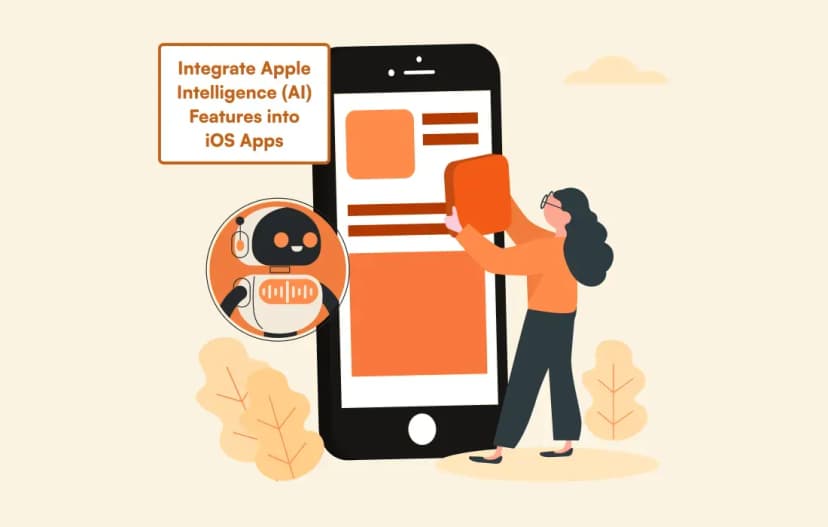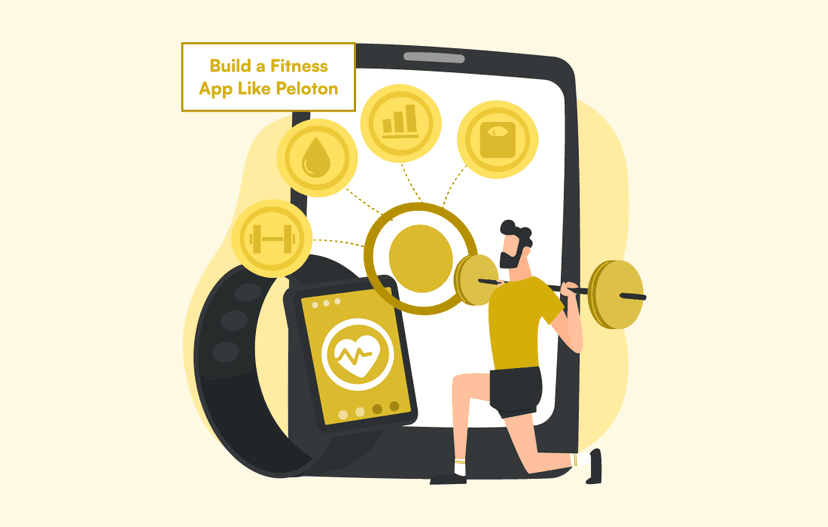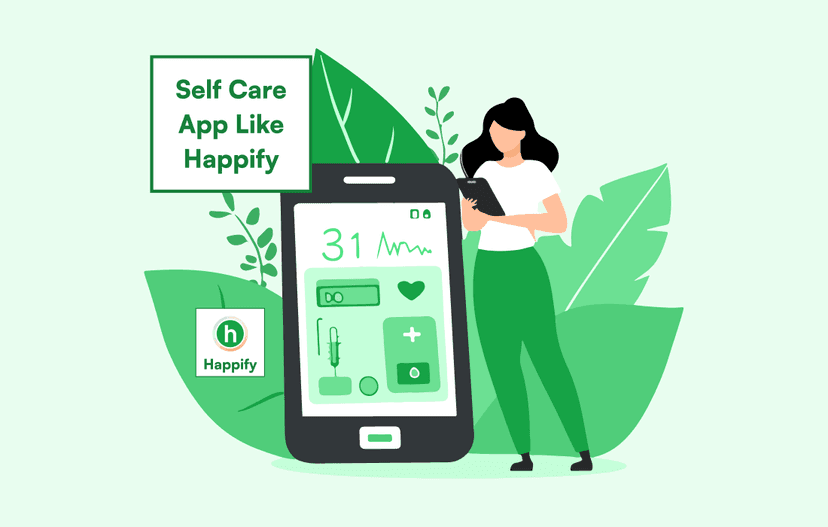How to Build a Split Payments App Like Tamara From Scratch
Thinking of building a split payments app like Tamara? This guide walks founders through market need, essential features, development process, costs, and expert tips. Learn how to validate your idea, prioritize features, and launch a secure, user-friendly BNPL app efficiently.
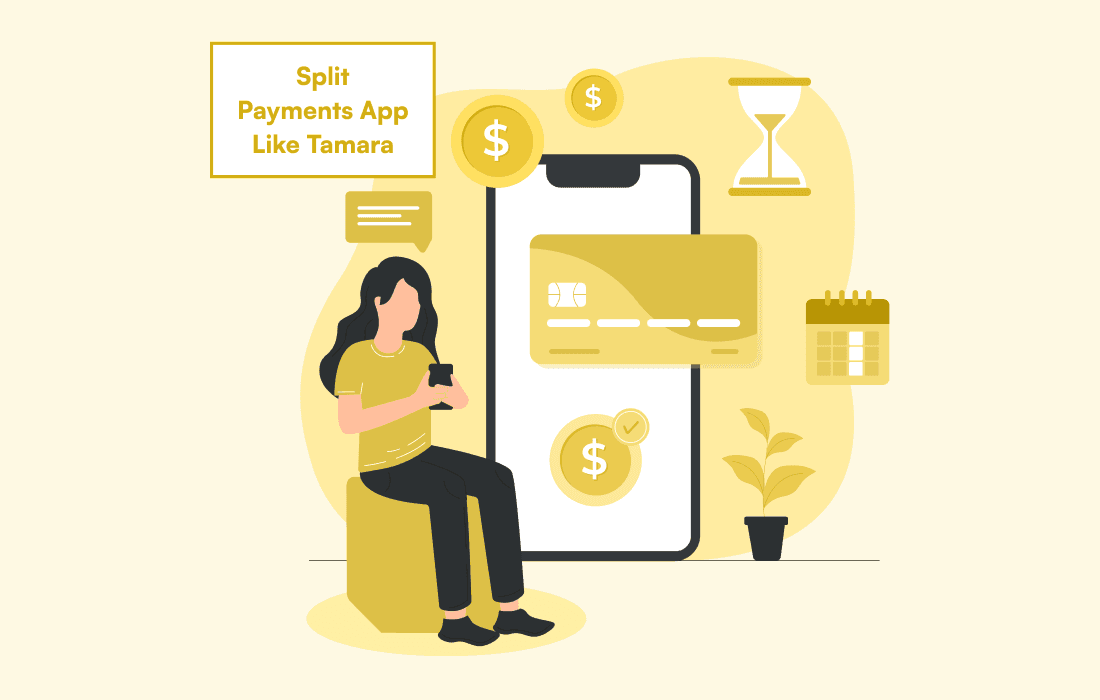
“I want to build an app like Tamara.” – Client
“Cool, what will be your USP? What problem are you trying to solve with your app?” – My follow-up question.
It’s a simple question. But honestly, the answer to this one decides how the entire app will turn out.
The thing is, talented devs need a vision. A problem to solve. If they don’t have it, they might not be able to bring out the best in themselves.
And that’s where most founders go wrong. They focus on what the app does, not why it exists.
And when it comes to Tamara, it built trust, convenience, and a frictionless payment experience. That’s the actual gameplay.
In this blog, I’ll walk you through what goes into building a split payments app that actually works. Not just from a technical angle, but from a founder’s perspective.
Let’s break it down.
Table of Contents
Is There Actually a Need for a Split Payments App Like Tamara?
Every few months, I get messages from founders saying they want to “build a BNPL or split payments app like Tamara.”
And my first question is always: Why now?
Because the market isn’t as greenfield as it was five years ago. The big players (Tamara, Tabby, Klarna, Afterpay) already exist. And they’ve set a high bar for trust, compliance, and UX.
But here’s the interesting part: the demand isn’t gone. It’s just shifting. See how there is a rise in BNPL in shopping.
Consumers still want flexible payment options. Merchants still want higher conversions. What’s changing is how they want to use them.
- In some markets, BNPL is still new and underpenetrated.
- In others, people want split payments tied to loyalty or debit, not just credit.
- And in emerging economies, users need localized versions that align with local financial habits and regulations.
That’s where the opportunity lies.
You don’t need to build another Tamara. You need to build something that captures Tamara’s essence but is more localized and problem-specific. A version that solves something Tamara can’t.
So before jumping into development, define your edge.
If you can answer who you’re serving, what pain you’re solving, and why now, you already have a stronger foundation than 90% of “BNPL clones.”
What Features Should You Keep in a Split Payments App?
When you start building a split payments app, the easy part is listing features.
The hard part is understanding why each one matters and which ones actually make a difference to user adoption + retention.
I’ve seen founders get carried away adding everything. But in the case of fintech app development, more isn’t better. What matters is the clarity and trust.
Here’s how I’d break it down:
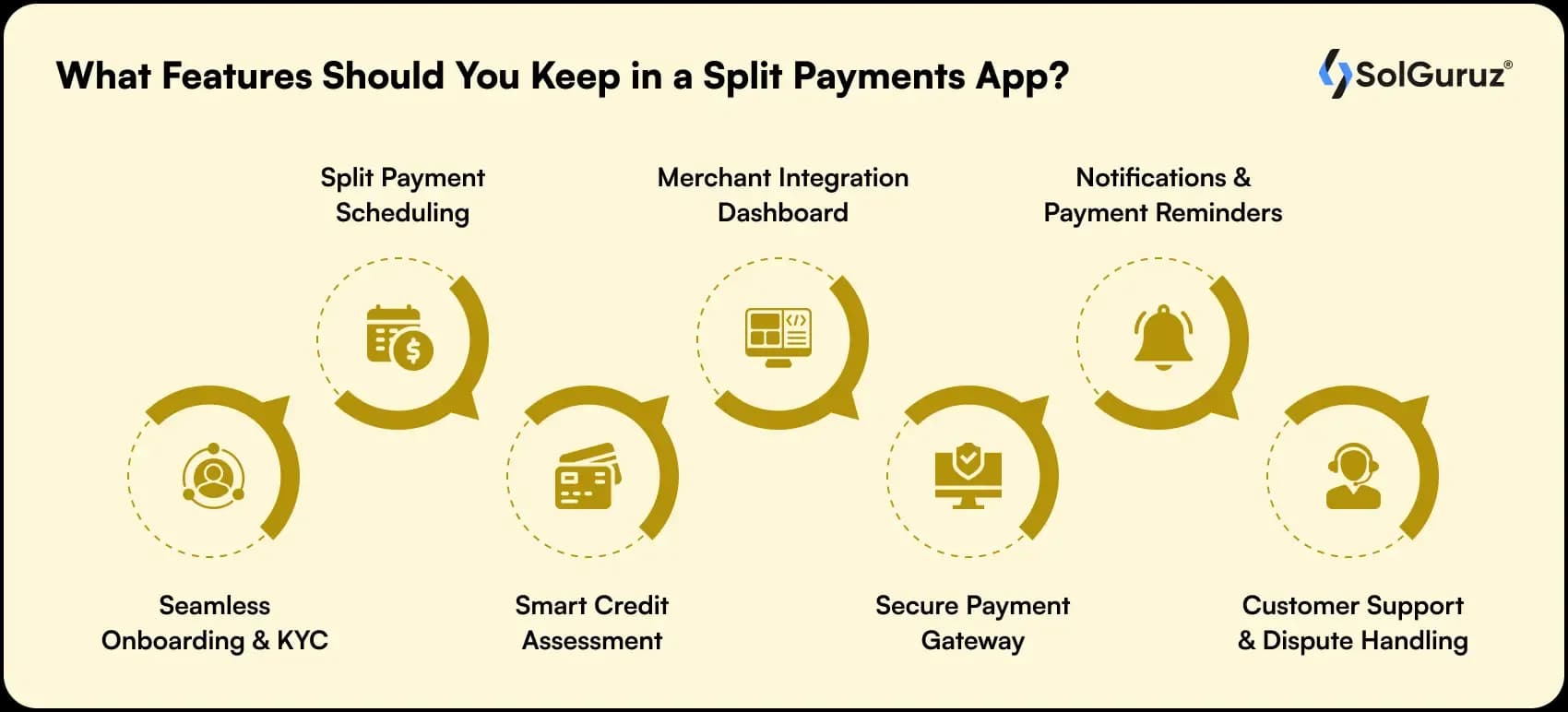
1. Seamless Onboarding & KYC
Your first impression matters most. KYC is mandatory, but the trick is to make it feel effortless.
You can have auto-fill forms, smart ID scanning, and instant verification. It will help you reduce drop-offs by ~40%. The main goal is to verify quickly without overwhelming users.
2. Split Payment Scheduling
This is the heart of your product.
Users should be able to split payments across 2–4 installments. That too with real-time breakdowns of how much they owe, and when. Make this transparent and visual. Hidden charges or confusing timelines destroy trust.
3. Smart Credit Assessment
If your app offers deferred payments, you’ll need a reliable risk engine.
You can start simple. For example, you can use transaction history or open banking APIs to gauge spending behavior.
Also, you can always integrate advanced ML-based scoring later, once you have enough data.
4. Merchant Integration Dashboard
Your merchants are just as important as your users.
They’ll need a clear dashboard to track transactions, payouts, and customer analytics.
This also opens up an opportunity for your future revenue streams, like analytics or premium merchant plans.
5. Secure Payment Gateway
Never compromise here.
Work with compliant gateways, enable tokenization, and always prioritize data encryption.
Users might not understand your tech stack, but they’ll feel it when the app is secure and stable.
6. Notifications & Payment Reminders
Simple but underrated.
Smart reminders (not spammy ones) reduce defaults and improve repayment behavior.
Add contextual nudges like “your next installment is due in 2 days” with one-tap payment options.
7. Customer Support & Dispute Handling
Split payments involve money. Hence, issues will happen.
You need to have an in-app chat, FAQs, and automated refund flows. It can save your support team hours and build user confidence.
What’s the Process to Build an App Like Tamara?

Building a split payments app is about aligning tech and user psychology from day one.
I’ve seen projects fail not because the idea was bad, but because the team jumped straight into development. Without defining the why, the flow, and the boundaries.
Here’s the process I’d recommend.
1. Start With Research. Deep Research.
Don’t just study Tamara’s app. Study Tamara’s customers.
What problems do they solve for? What friction did they remove?
Also, understand your local financial market. Check the regulations, KYC requirements, and digital payment adoption rates because they vary wildly across regions.
Before writing a single line of code, validate three things:
- User behavior: Are people open to split payments in your target region?
- Merchant readiness: Are local businesses willing to integrate another BNPL option?
- Regulations: Is there a license or compliance layer you’ll need upfront?
If you skip this, you’ll spend months building something that can’t legally launch.
2. Define Your USP and Monetization Model
You don’t need another Tamara clone. Find your edge. It could be your target market, your repayment model, or your partnership structure.
And think early about monetization.
In split payments, margins are thin. The revenue comes from merchant commissions and transaction fees. Your model will shape your entire product architecture.
3. Build a Prototype
Once your idea is clear, create a clickable prototype. You can build it on Figma or FlutterFlow.
This helps you visualize user journeys and test assumptions with real merchants or users. Don’t aim for pixel perfection; aim for clarity. You’ll save weeks of rework later.
4. Assemble a Fintech-Savvy Team
Fintech is one of those spaces where experience truly matters. You’ll need:
- A Flutter or React Native developer for cross-platform apps
- A backend developer experienced with payment APIs and security
- A UI/UX designer who understands trust cues and frictionless flows
- And ideally, a fintech compliance consultant (even part-time)
Having generalist devs is fine, but make sure at least one person on the team knows how to navigate payment gateway integrations and KYC flows.
5. Develop, Integrate, Test in Tight Cycles
Go modular. Start with your core flow:
user onboarding → split payment setup → transaction → notification.
Once this works, integrate your payment gateway and merchant dashboard.
Run internal UAT (User Acceptance Testing), then soft-launch with a few trusted merchants.
Fintech MVPs are never perfect. But they must be stable and secure from day one.
6. Launch, Learn, and Iterate
After launch, your actual headache begins.
Track repayment rates, user retention, and merchant satisfaction.
Listen to user feedback religiously. The best product decisions in fintech come from support tickets, not brainstorms.
And remember, your success will depend not on launching fast, but on how quickly you adapt post-launch.
Cost to Develop a Split Payments App Like Tamara
Whenever someone asks me, “How much will it cost to build an app like Tamara?”
I give a slightly annoying answer first: It depends.
But let me explain why. The cost isn’t just about how many features you build, it’s about how smartly you build them.
Let’s break it down realistically.
1. MVP-Stage App: $10,000 – $30,000
If you’re building a simple MVP with core features, then it can cost around $10k to $30k.
This should cover:
- A small dev team (1 backend, 1 Flutter/React Native dev, 1 designer)
- Basic KYC + payment integration
- Simple dashboard and notification system
This version is perfect if you want to validate your concept, raise funds, or test traction with a small merchant base.
2. Full-Scale Tamara-Style App: $30,000 – $70,000+
When you move beyond MVP and start building for scale, the costs rise fast.
Here’s where your money goes:
- Advanced credit scoring and risk management engine
- Multi-tier merchant system
- Reward/loyalty modules
- Data encryption, fraud detection, and high uptime infrastructure
- Native mobile apps (if you skip cross-platform)
That means every feature must be audited, tested, and compliant with financial regulations.
3. Factors That Influence Cost
No matter your budget, three factors can make or break your estimate:
- Region: Developer rates vary. North America and Europe are the costliest. While regions like India or Eastern Europe offer the same quality at a fraction of the price.
- Tech stack: Flutter or React Native can save 30–40% compared to building separate iOS and Android apps.
- Compliance & Licensing: This is the hidden cost. Licensing fees, audits, and payment gateway compliance checks can eat up 10–20% of your total budget.
That’s It. Time to Warp Up.
When someone says, “I want to build an app like Tamara,” my first instinct is to dig deeper.
Why? Because if you are taking inspiration from Tamara, you need to understand how it solved a trust gap between consumers and merchants.
If you can identify your version of that gap, your app can absolutely stand out in the market.
So before you start hiring dedicated developers, step back and ask: What real problem am I solving?
Once you have that clarity, the rest will surely fall into place. That’s how great fintech products are built.
FAQs
1. How long does it take to build a split payments app like Tamara?
For a lean MVP, expect around 3–4 months. In the case of a full-scale app, it can take up to 6–9 months.
2. Do I need a financial license to launch such an app?
In most regions, yes. You might need to partner with a licensed payment provider. Or you can even obtain your own regulatory approval, depending on your jurisdiction. Just make sure you always consult a local fintech compliance expert as early as possible.
3. How do split payment apps make money?
Mainly through merchant commissions and transaction fees. Some platforms also offer loyalty programs and credit partnerships that generate recurring revenue.
4. Can startups compete with giants like Tamara or Klarna?
Honestly, it is a bit difficult. But if you’re smart about where you compete. You won’t beat them on scale, but you can win on localization. The best split payment startups are the ones that are able to solve small gaps that big players overlook.
5. Should I build in-house or hire an external team?
If you’re testing an idea, go with an external fintech development partner who’s built these types of products before. Once you have traction, start building your in-house team for long-term scalability and control.
Build a Tamara-Style App That Users Trust
We’ll help you design, develop, and launch a solid app.

Strict NDA

Trusted by Startups & Enterprises Worldwide

Flexible Engagement Models

1 Week Risk-Free Trial
Give us a call now!

+1 (724) 577-7737

